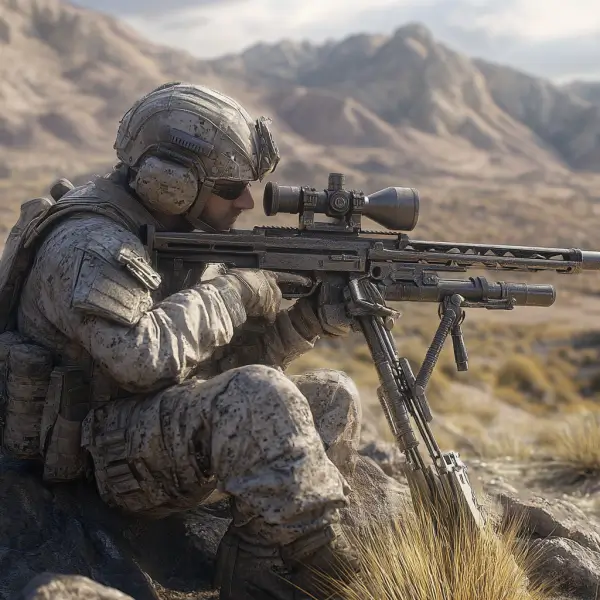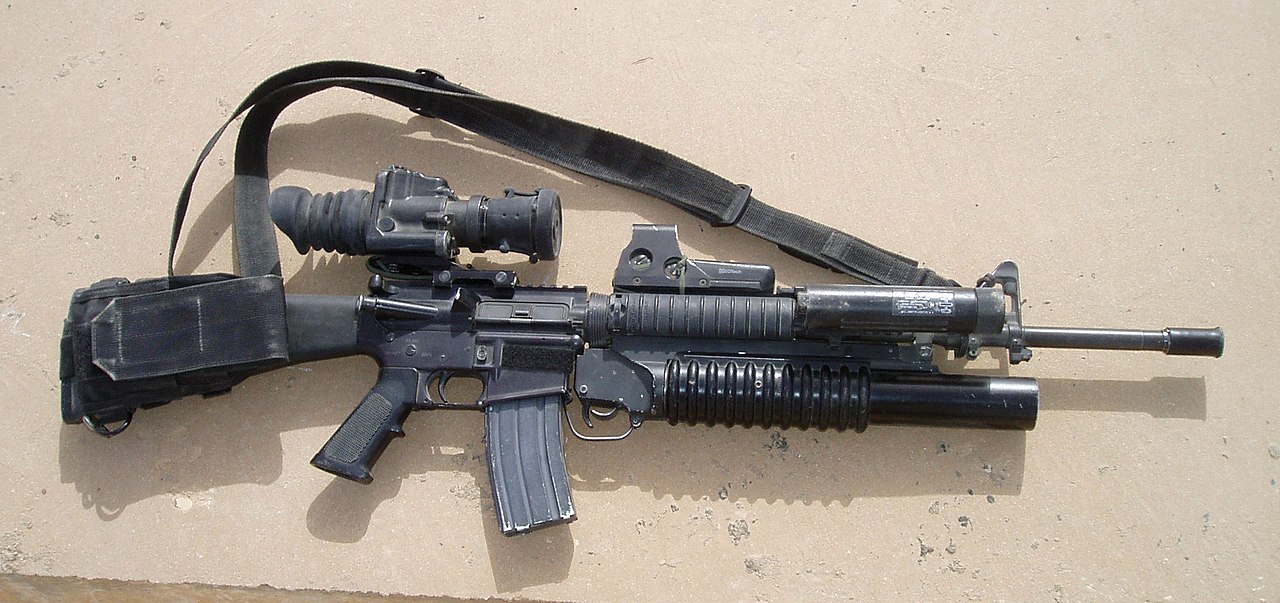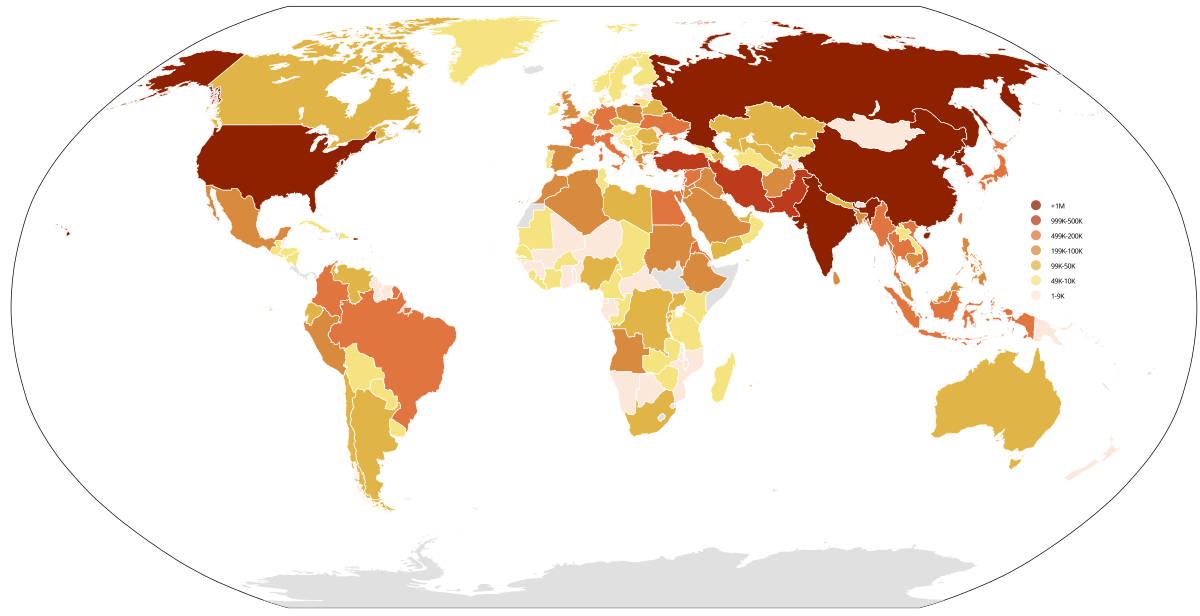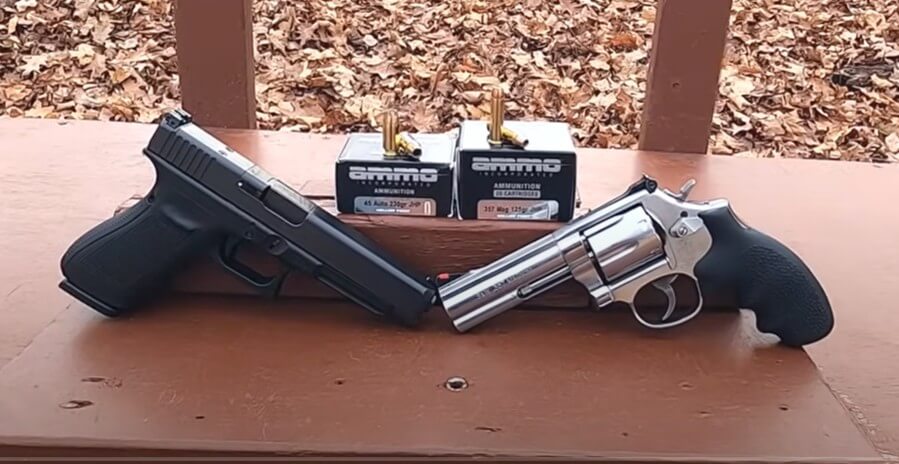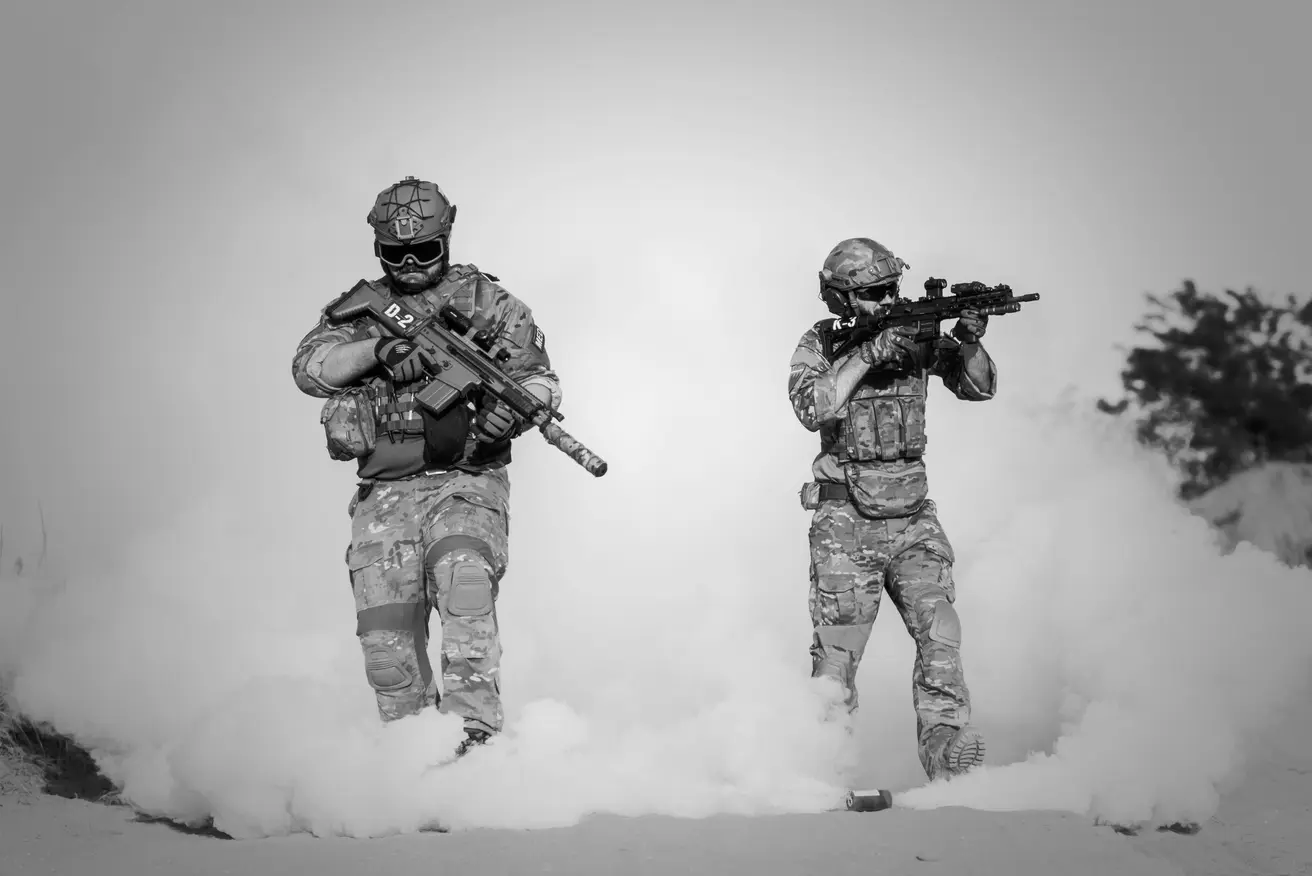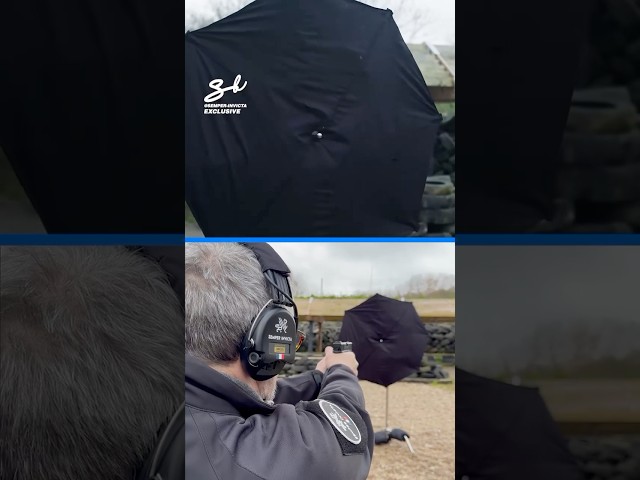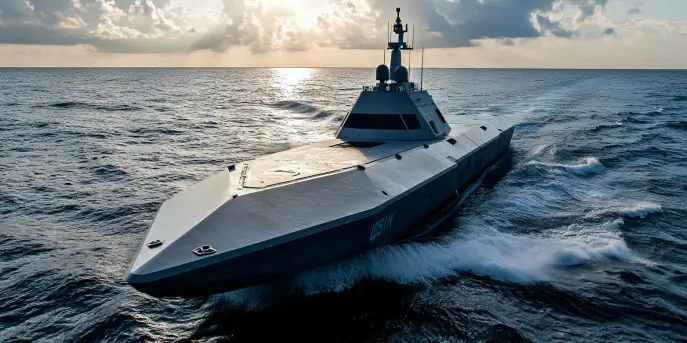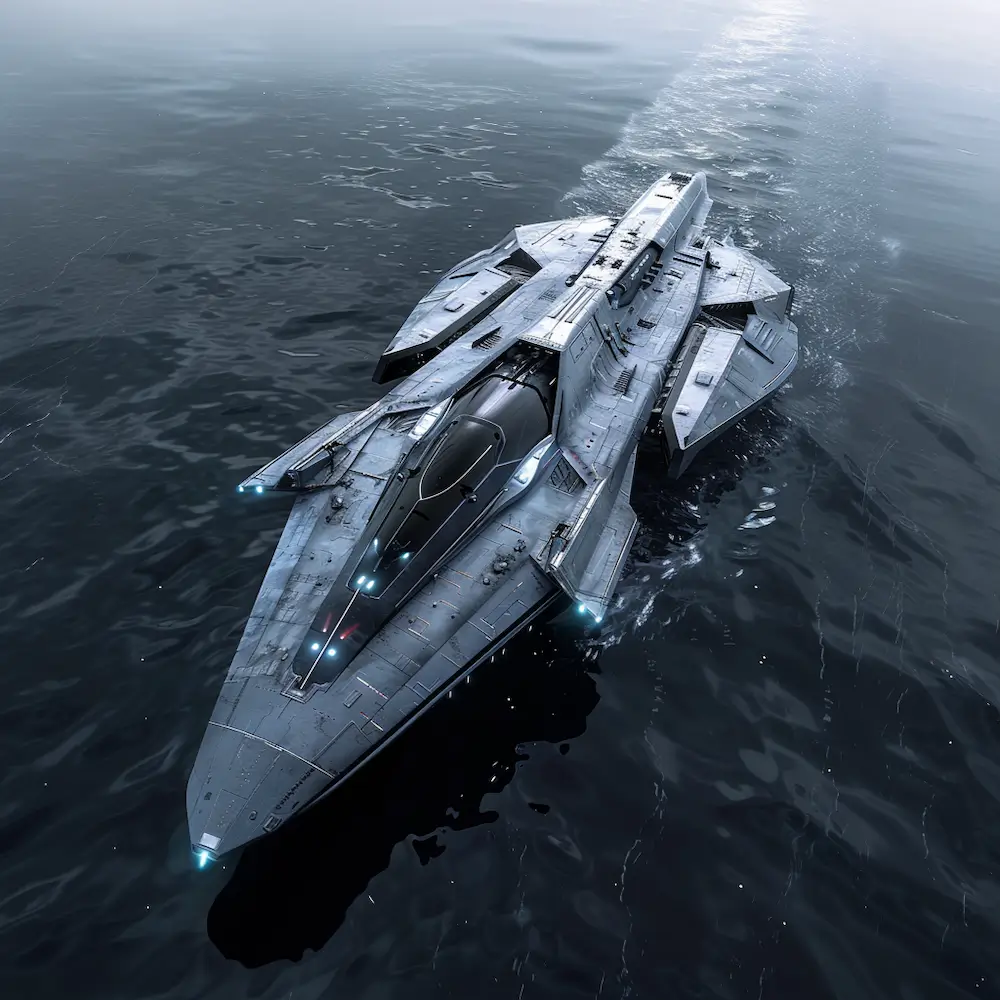The Role of Heavy Machine Guns in the U.S. Military
The heavy machine gun (HMG) has been a staple of the U.S. military arsenal, providing critical firepower support in various combat scenarios. These weapons are designed to deliver intense fire at high rates, engendering strategic advantages in battlefield deployments. They are utilized in both defensive and offensive operations, giving infantry units the necessary support to suppress enemy forces while advancing or holding positions.
Historical Evolution of Heavy Machine Guns
Since their inception in the late 19th century, heavy machine guns have undergone significant technological transformations evolving over time. Early designs like the Maxim gun laid the groundwork for modern HMGs with their automatic firing capabilities. In the World War era, models such as the M1917 and M1919 Browning machine guns became standard issues in U.S. forces, known for their reliability and firepower.
The iconic M2 Browning, introduced in the 1930s, epitomizes the evolution of HMGs, remaining in service due to continuous upgrades in design and functionality. Known colloquially as ‘Ma Deuce,’ it is the quintessential heavy machine gun in modern warfare.
The M2 Browning: A Detailed Overview
The M2 Browning heavy machine gun is one of the most prominent in the U.S. military’s inventory. It has seen action in nearly every conflict involving American forces since its induction. Its effectiveness, coupled with durability, makes it a critical component of military might.
Specifications of the M2 Browning:
| Specification | Details |
|---|---|
| Caliber | .50 BMG (12.7×99mm NATO) |
| Weight | 84 pounds (38 kg) |
| Length | 65.13 inches (165.6 cm) |
| Barrel length | 45 inches (114.3 cm) |
| Rate of fire | 450–600 rounds/min |
The M2’s design enables it to be mounted on various platforms, including vehicles, aircraft, and ships, making it a versatile tool in multiple combat operations. Its .50 caliber rounds are well-suited for targeting both personnel and unarmored or lightly armored vehicles.
Integrating Advanced Technology
Modern advancements have seen the integration of smart systems and sensors, further enhancing the role of HMGs like the M2 Browning. Innovations such as night vision and thermal imaging scopes allow operators to engage targets in low-visibility conditions, increasing operational effectiveness.
Automated targeting systems also play a pivotal role, with computerized sighting and fire control mechanisms improving accuracy and lethality on the future battlefield. The use of these technologies ensures HMGs remain relevant in contemporary warfare against increasingly sophisticated adversaries.
Deployment and Tactics
Without question, heavy machine guns are deployed strategically to create defensive perimeters or establish dominance over key terrain features. In offensive operations, they are employed to suppress enemy positions, providing cover for advancing troops.
In modern military doctrine, HMGs are often mounted on armored fighting vehicles, where they serve as both defensive and offensive tools. The ability to integrate these weapons on various platforms extends their range of operational scenarios, from base defense to convoy protection in hostile territories.
Challenges and Considerations
Despite their powerful capabilities, deploying heavy machine guns comes with inherent challenges. The weight and size of these weapons necessitate deployability considerations and logistics planning, especially in rough terrains or conflict zones. Moreover, the vast amount of ammunition required for sustained operation underscores the need for efficient supply chain management.
Training specialized operators for HMG use is crucial for maximizing their effectiveness. The complexity of these weapons demands that personnel be proficient in their handling and maintenance to ensure reliability in critical scenarios.
Future Outlook
The future of heavy machine guns in the U.S. military looks promising with ongoing research and development aimed at further optimizing these systems. Projects are underway to create lighter, more compact versions without sacrificing firepower. Additionally, efforts focus on enhancing ammunition efficiency, reducing logistical constraints while maintaining operational efficacy.
The evolution of these weapons is indicative of the military’s commitment to maintaining a cutting-edge arsenal capable of meeting the demands of evolving combat environments. As HMG technology continues to advance, it promises to deliver even greater strategic and tactical advantages on the battlefield.
The U.S. military’s reliance on heavy machine guns underscores their importance, providing the necessary firepower to safeguard national interests and maintain global security. As threats become more sophisticated, the continuous evolution of HMG capabilities ensures that the United States remains equipped to address modern conflict challenges effectively.
